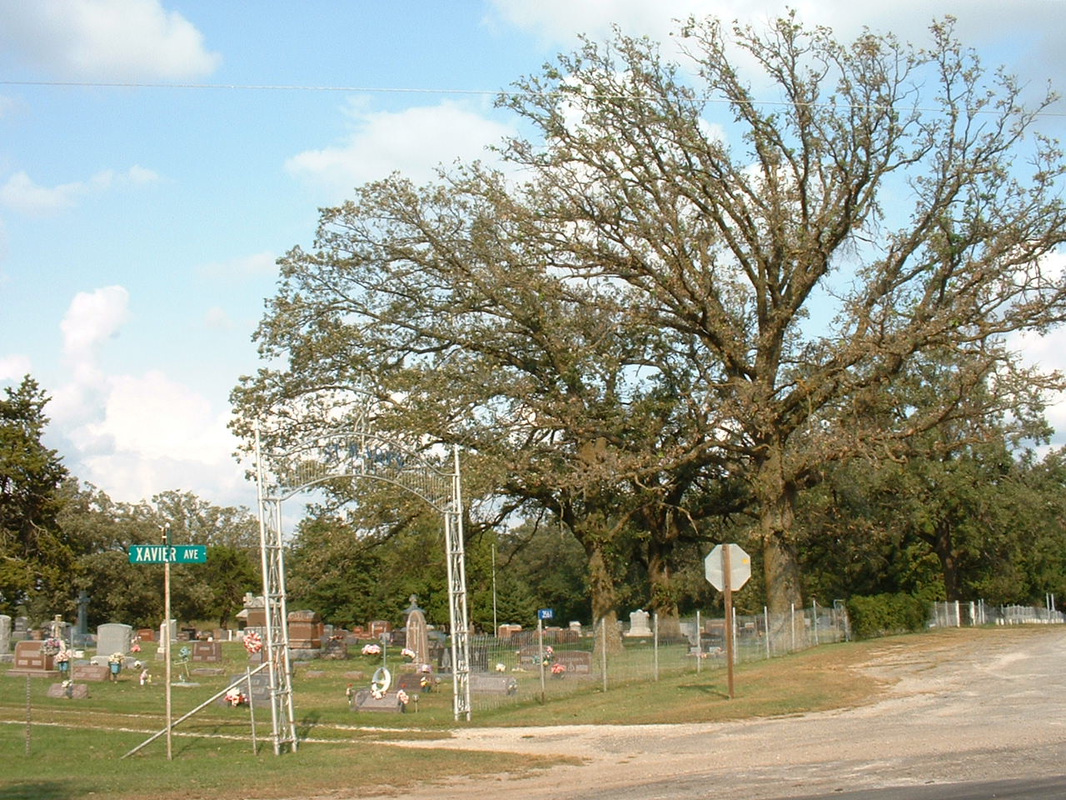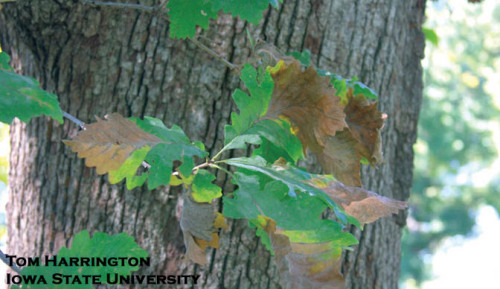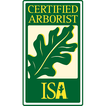Interestingly, severe symptoms of BOB have been observed only on Quercus macrocarpa var. oliviformis, a variety of bur oak that produces smaller acorns. BOB occurs primarily on naturally established trees, and especially on mature trees on upland sites that appear to be remnants of savannah forests. What are the symptoms?
If you suspect BOB has paid you a visit, it's time to call an arborist. We will come assess the damage and check for any secondary infections, then prescribe a fungicidal treatment plan (leaf sprays and/or trunk injection) to treat the infection. These treatments will need to be administered in the spring (May or June) to reduce the effects of BOB in the later summer.
1 Comment
|
AuthorAmy Grewe, Certified Arborist & Co-Owner Categories
All
Archives
April 2024
|







